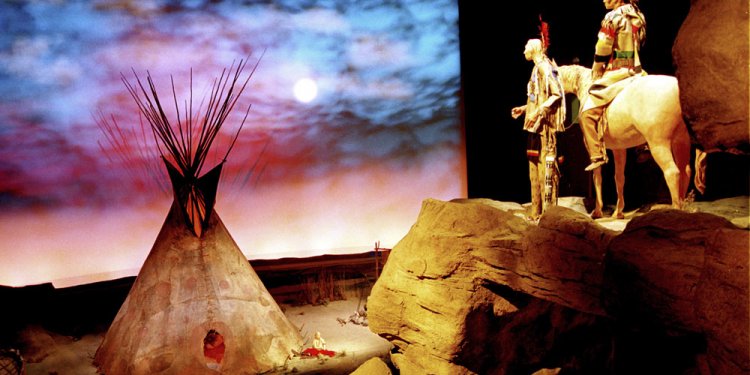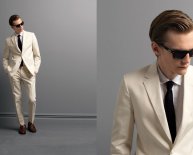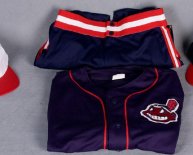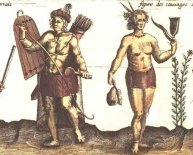March 26, 2022

Great Plains Indians clothing
 Religion
Religion
- Plains Indians thought in a good god, the Sioux called that god the ‘Wakan Tanka, ’ meaning the truly amazing Spirit.
- The Plains thought all animals, flowers, woods, rocks and clouds possessed spirits and that the planet earth was the mother of most these spirits, and they each might be prayed to.
- People who were blessed or ‘wakan’ were called Shamans, and were healers that has gotten an indication from Great Spirit.
- Ceremonies had been typically held during the hotter months, when nomadic teams united.
Medicine Guy or Shaman Ceremonies Ceremonies were utilized by the Plains People for Spiritual reasons
Sweat Lodge Vision Quests

- Whenever a kid became a man, he entered into a-sweat lodge; the start of a journey to seek a character who protect him in the manhood.
- Inside lodge, rocks were heated, liquid was poured in it, and the kid would become purified by all the steam.
- A short while later he hopped into a pool of cold-water, then had been led into the forest in which he fasted for a couple days, while pursuing an eyesight.
- After that members of the tribe retrieved him, the kid went to a shaman along with his vision, additionally the entire village feasted in service.
Blackfoot Sundance Camp The Sunlight Dance
- A sacred festivity of Plains folks, the practice of this Sun Dance varied within the Tribes.
- It had been often the a reaction to a sight, or a plea or prayer into the spirits.
- During four days of preparation, the tribes would fast, while installing their tipis in a circular fashion.
- In the middle of the camp, a tree had been slashed and secured with ropes fastened to the top of the pole.
- The celebrations began at sunset regarding final day's preparation and ended at sunset.
- Although some countries performed different dances across the pole, others- such as the Sioux- pierced section of their breast area after that tied the piercing toward line.
- By tilting out of the post while dancing, the purpose would be to rip the skin no-cost, utilizing the pain being a tribute into the spirits.
- This self-induced torture could endure hours.
- The sunlight Dance festivities generally lasted times.
- Craft-work and Art-work was never unique from purpose.
- Art embellished tipis, a rawhide pots, and garments.
- Paintings on tipis usually depicted the earthly globe as well as the religious world with paintings of animals, and celestial symbols.
- Pipes, spoons and bowls had been created with cautious accuracy.
- The feather usage on a war bonnet ended up being intricate and exquisite.
- Tattooing one of the tribes offered a visual focus.
Decorated Plains Tipi
Quillwork Gloves Quillwork
- Quillwork had been the earliest type of embroidery.
- Porcupine quills were frequently colored with berry juices.
- They were folded, turned, wrapped, plaited and sewn into styles for clothing, moccasins, bags, baskets, manages and pipeline stems.
- To gather the quills, ladies put a blanket over a porcupine, and as a security procedure, the porcupine lifted its quills...





















